Britain's Birds by Hume, Still, Swash Harrop & Tipling Publisher - WILDGuides ISBN 978-0-691-15889-1 £19.95 (widely discounted) c600 species 3,200 photos 560 pages

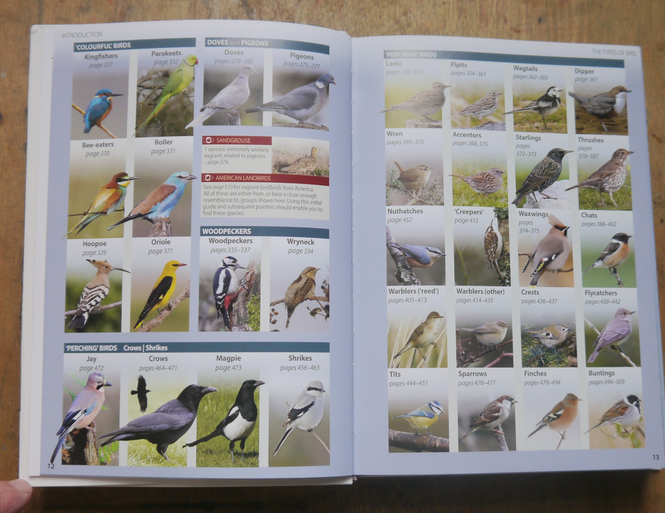 Photo Index
Photo Index  Races of Iceland Gull & Rarer Gulls
Races of Iceland Gull & Rarer Gulls 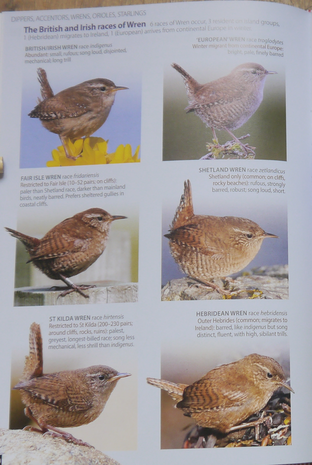 Races of Wren
Races of Wren  Marsh Warbler et al - Note the sensible use of a comparative table
Marsh Warbler et al - Note the sensible use of a comparative table 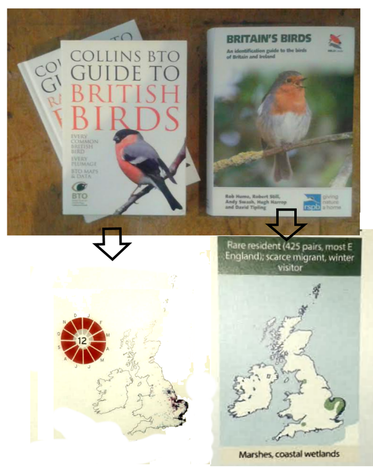 Although the colour reproduction of the BTO map in this photo is poor (pale blue/mauve being hard to see), you still can see that the map from the BTO Guide is more subtle and, since it shows populations in Yorkshire, East Kent and Dungeness, more accurate.
Although the colour reproduction of the BTO map in this photo is poor (pale blue/mauve being hard to see), you still can see that the map from the BTO Guide is more subtle and, since it shows populations in Yorkshire, East Kent and Dungeness, more accurate. 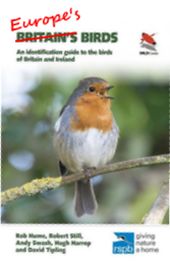
STOP PRESS - talking to the publisher at the UK Bird Fair it seems that, as hoped, a European version is 'in the pipeline' although no details are available. Unfortunately, it also seems that there are more factual mistakes in the book than just the maps. Sharper eyes than mine have noticed, for example, that Audouin's Gull juvenile (p139) is probably juv Yellow-legged Gull, that the head of a Juv. Little Ringed Plover (p182) is actually a Ringed Plover, the first winter "Common" Sandpiper is a Spotted, the first winter Richard's Pipit (p360) is a Tawny Pipit and the juvenile Serin (p485) is a juvenile Citril Finch. Some on social media claim about 50-60 wrongly captioned birds (mainly the wrong plumage/sex rather than the wrong species). There's even been talk that the publisher should recall the book but I think this a rather precious over-reaction which fails to recognise the book's many strengths. Yes, it's disappointing that any errors have slipped through but with 3,000+ photos this has to be seen in proportion and the book remains both highly functional and very useful. As the publisher has been made aware of these problems, new editions (inc. the promised European version) should be even better.
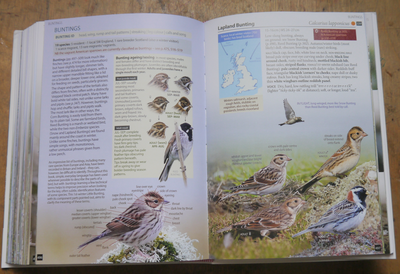
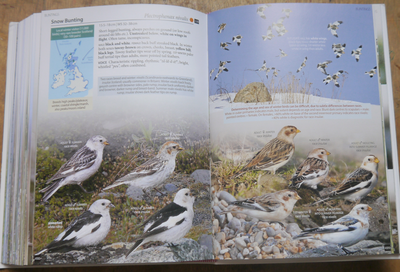
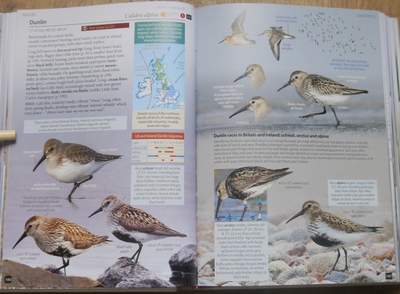
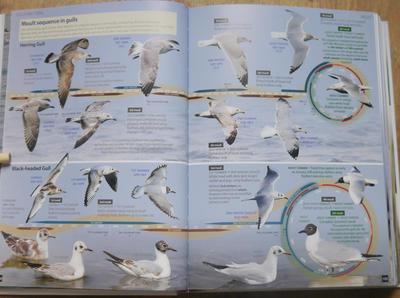
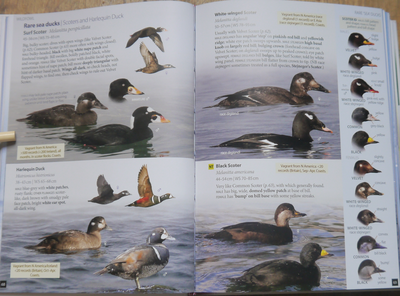

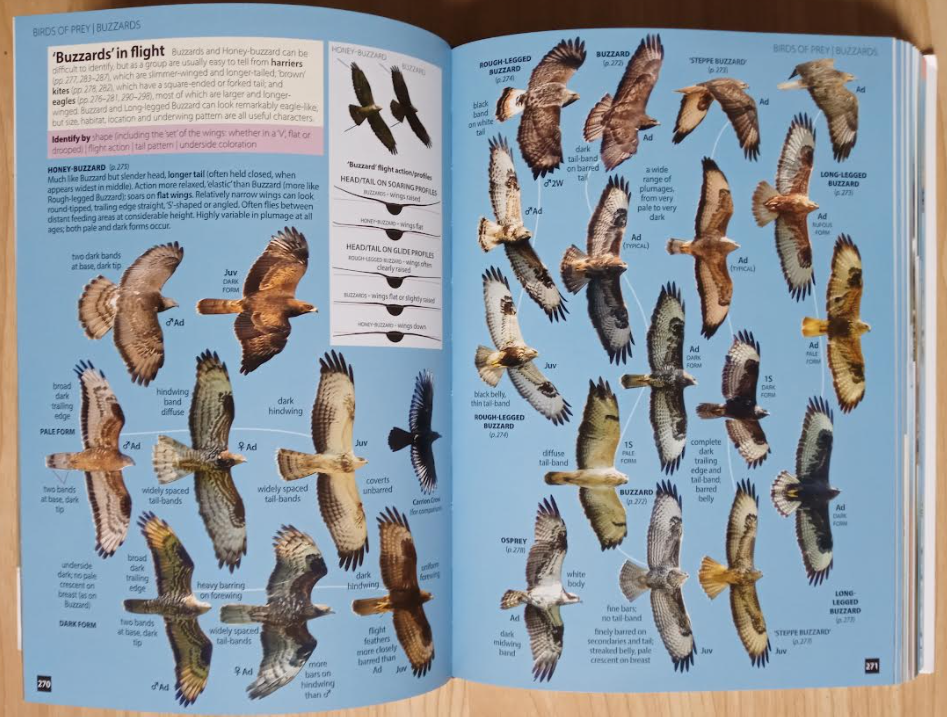
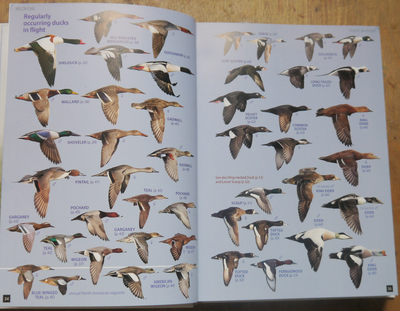


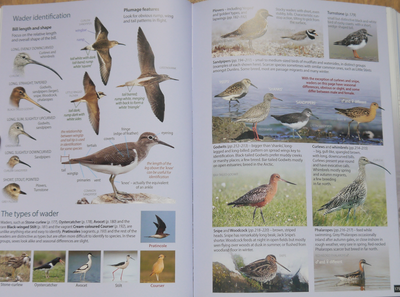
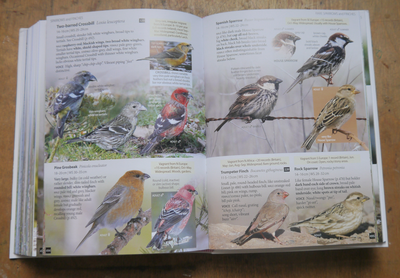
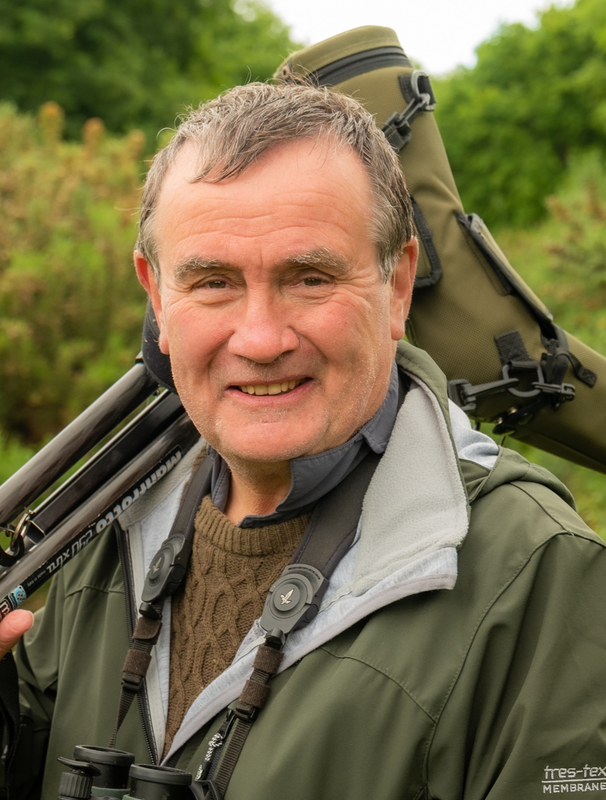
 RSS Feed
RSS Feed
